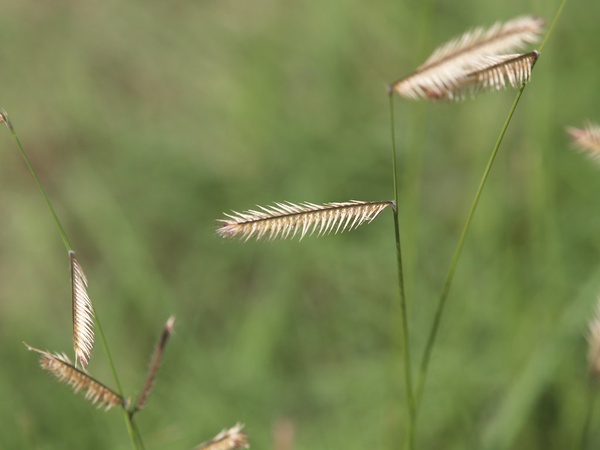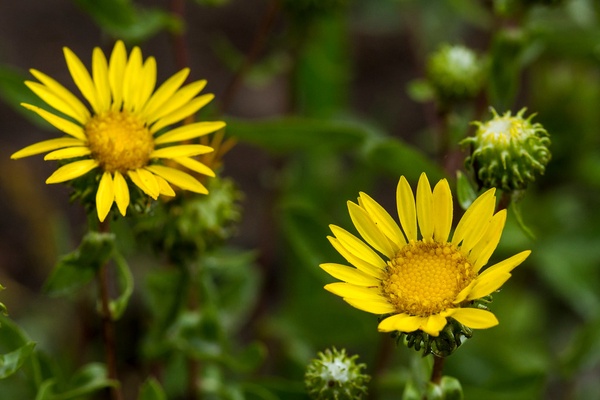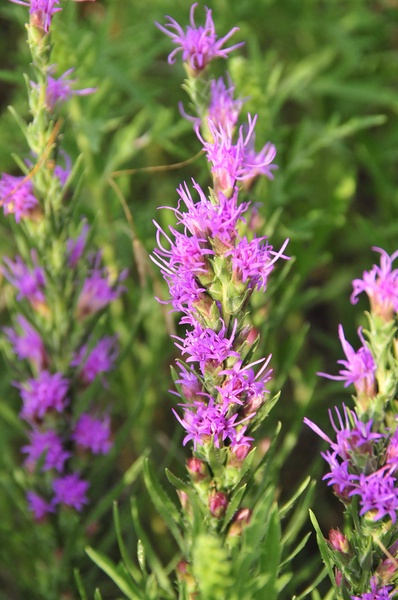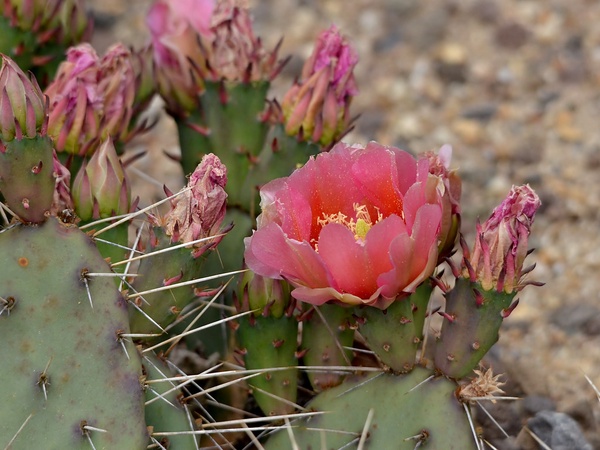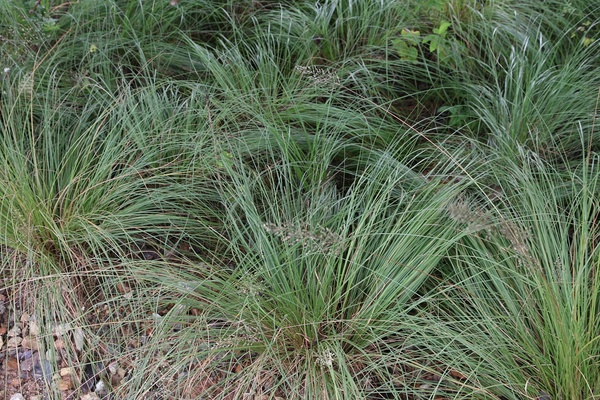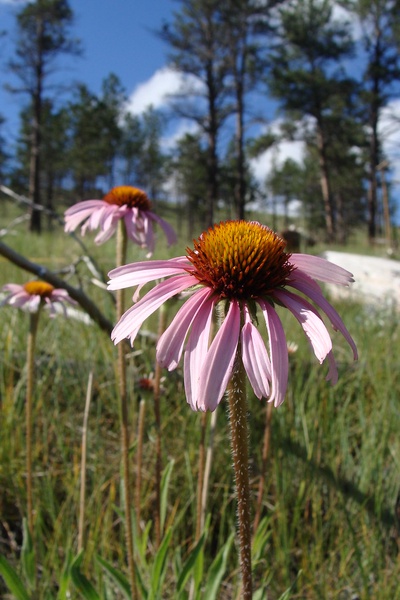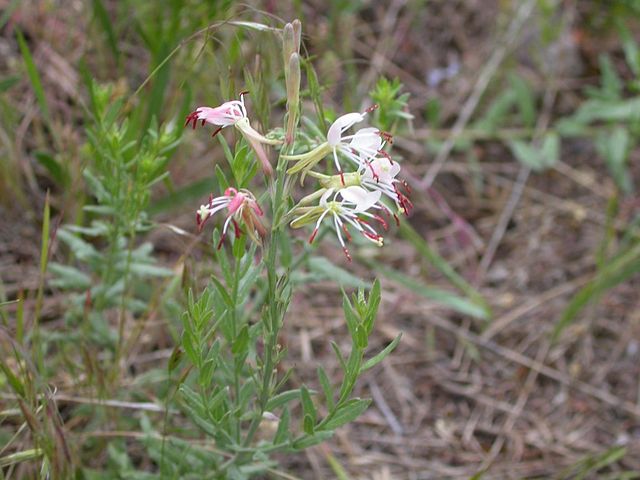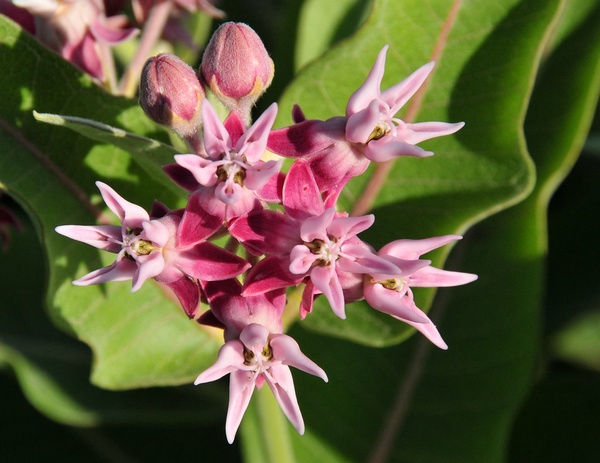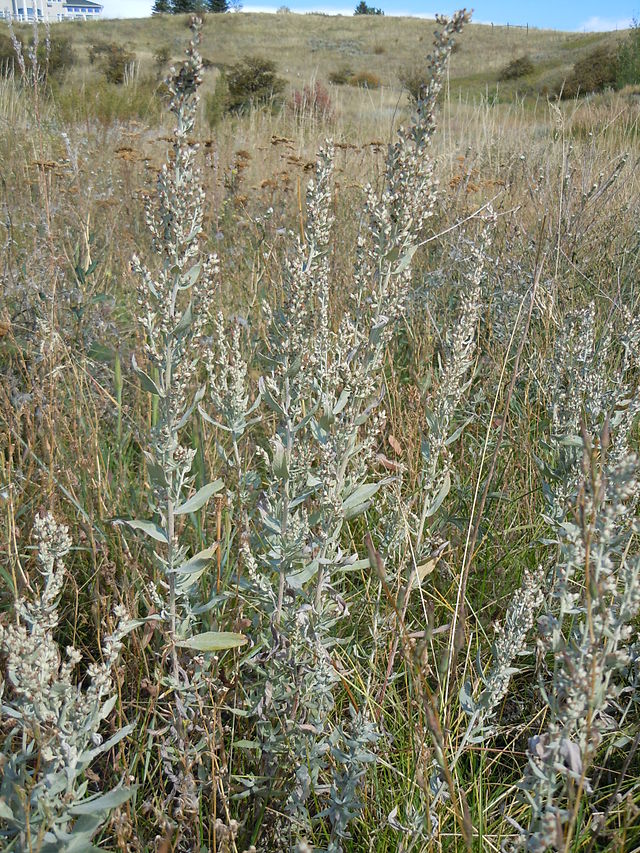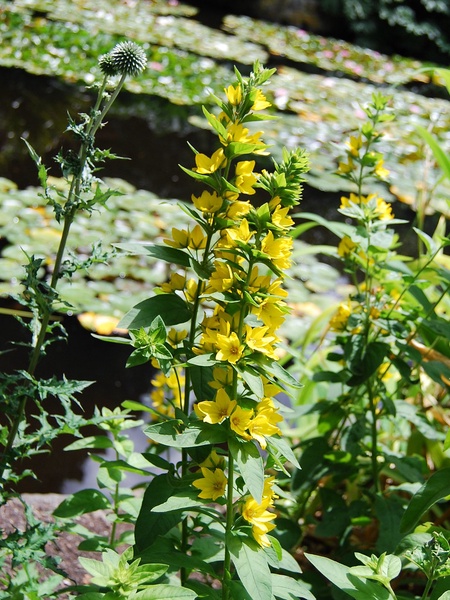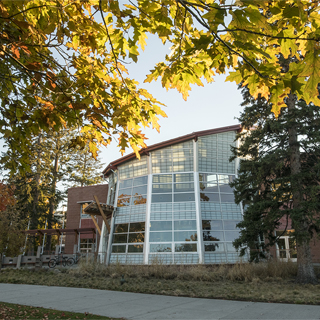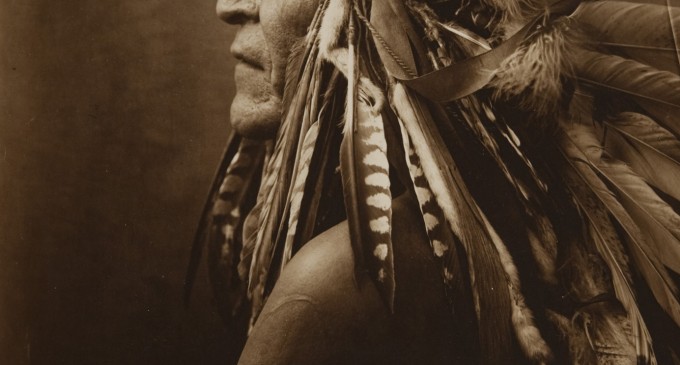Crow Reservation
Crow Tribe (South Central Montana)

The Place
South central Montana is home to the Crow Reservation. The reservation is located near the Yellowstone and Big Horn Rivers, continuing on to the edge of the Rocky Mountain Range. It occupies a diverse landscape, where its environment contains both mountainous forest, as well as semi-desert plains. There are 3 vegetation types that make up the Crow Reservation: ponderosa pine woodlands, sagegrass-wheatgrass plains and northern wheatgrass-needlegrass plains.
The People
The Crow Tribe is one of the largest tribes in America, with a population of approximately 10,000 people. Previously a nomadic group of hunters and gatherers, they believe their land is the center of the universe, given to them by the Creator as the most ideal place to live. The Crow live by the belief that humans are equal to the natural world; animals are thought to be their siblings and plants the gifts to the earth. Tobacco, a sacred plant to the Crow, is grown annually for spiritual beliefs. Its regrowth is believed to ensure the survival of the tribe for another year.
The Plants
Yucca (Yucca glauca):

Part of the lily family, Yucca is found in upland prairies, plains, and hillsides. The plant is used by either cooking and eating the flower stalks, or by boiling and making the roots into shampoo that was commonly used by the tribe.
Common Milkweed (Asclespias speciosa):

Common milkweed is an herbaceous legume typically found in well-drained, sun-exposed areas such as forest clearings and meadows, and in more artificial habitats such as roadsides, croplands, ditches, and pastures. It is a perennial with large clusters of pink to purple flowers while in bloom, usually between the months of June and August. The seed pods, leaves, and juvenile shoots can be boiled for their cardiac glycosides, a chemical used in the treatment of heart disease. However, the Crow Tribe used its tough fibers predominantly for making cords and ropes, or in some cases, a coarse fabric.
Rubber Rabbitbrush (Ericameria nauseosa):
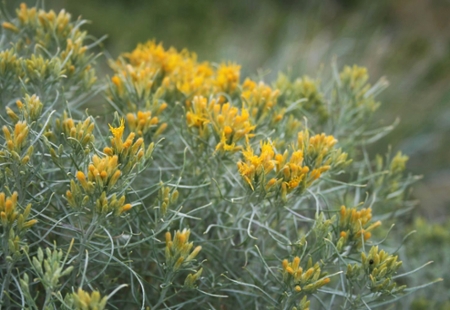
With flexible, slender, and erect branches, the rubber rabbitbrush holds its small yellow flower heads in tight-knit groups at the ends of its stems. A perennial shrub, its seeds, flowers, and leaves provide meaningful forage for larger mammals like elk, antelope, and deer, while affording cover for smaller animals such as sage grouse and jack rabbits. Though used today for its effectiveness in erosional control in disturbed settings such as roadsides, historically, the Crow Tribe used rubber rabbitbrush to make chewing gum, yellow dye, cough syrup, and a tea for the treatment of chest pains. Its rubbery twigs can also be easily woven and fashioned into baskets.
Plains Prickly Pear (Opuntia polycantha)
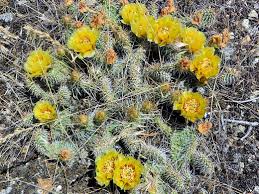
Plains Prickly Pear makes an appearance in the Crow circle. The drought-tolerant cactus is low-lying with flat oval-shaped pads that lie flat on the ground. Plains Prickly Pears can create colonies several feet across and are found in hot, dry environments. The Prickly Pear blooms bright yellow and magenta flowers in the late spring and early summer. The berries and the pads of the prickly pear cactus were used as a food source, while the flesh of the cactus was often made into a poultice to act as a skin-soothing aid.
The Other Plants in the Crow Circle
